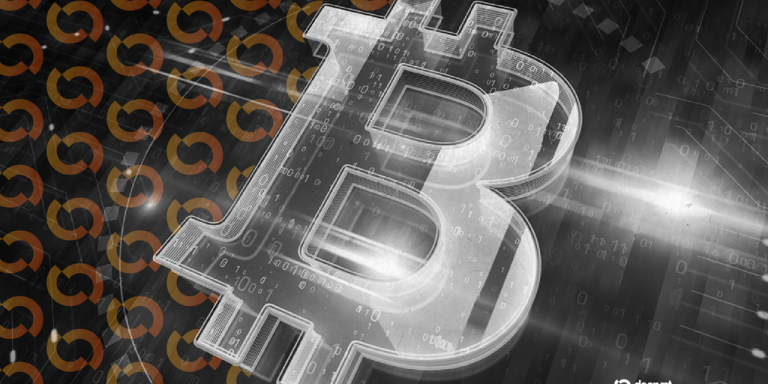
Blockchain technology is evolving at a rapid pace, and a new proposal has the potential to reshape operations on one of the world’s leading platforms for stablecoin transfers: Tron. Leading blockchain infrastructure developer Boosty Labs has introduced a groundbreaking native transaction batching system for Tron, aimed at optimizing transaction processing and reducing costs. Here’s everything you need to know about this innovative solution.
What Is the Tron Transaction Batching Proposal?
The proposal, submitted by Boosty Labs on Nov. 14 to the CTDG Development Hub, offers a robust transaction batching design. The concept is simple yet highly impactful: grouping multiple transactions into a single on-chain submission. This approach reduces the mainnet workload, lowers fees for high-volume users, and scales Tron’s performance, making it better equipped to handle the growing enterprise demand for stablecoin transactions—including USDT, for which Tron plays a dominant global role.
How the Transaction Batching Works
The system introduces an off-chain processing layer that collects and compresses transactions. Once the data reaches a specific threshold, a single batch—including cryptographic proofs—is submitted to the blockchain. This method keeps all settlements tied directly to Tron’s mainnet, avoiding the need for additional bridges or external infrastructure. Unlike standard Layer-2 models, Boosty Labs’ batching design offers a more streamlined and secure process.
The benefits of this solution are clear:
- Improved efficiency: The mainnet operates more smoothly with fewer repeated processes.
- Cost savings: Fee reductions benefit both individual users and high-volume enterprises.
- Scalability: Tron handles a greater volume of economic activity without altering its consensus model.
Fee Tiers Tailored to User Needs
Recognizing that different users have different needs, the proposal introduces three tiered fee models:
- Instant Mode: Immediate settlements at a premium cost.
- Delayed Mode: Moderate waiting times with standard fees.
- Batch Mode: Designed for high-volume users like exchanges and payment processors, providing significant cost savings for those willing to wait.
For enterprises performing thousands of transfers daily, the proposed fee of approximately 0.05 TRX per recipient in batch mode could result in dramatic cost reductions.
Who Benefits?
A key feature of the system is its automated eligibility detection. Accounts that meet certain criteria—such as processing over 50 transfers per day or distributing funds to more than 25 recipients per week—are automatically added to a batching whitelist managed by a smart contract. This ensures users who perform frequent, high-volume transactions stand to gain the most.
Tron itself also benefits from higher transaction throughput and a more scalable network for its ecosystem of validators, enterprises, and everyday users.
Why This Matters for Tron and Stablecoin Transactions
Tron is already a leader in stablecoin circulation, holding over 50% of the global USDT supply. This proposal reinforces its position as the preferred choice for exchanges and payment platforms by introducing a native batching mechanism that ensures low-cost, predictable transactions. With increasingly efficient operations, Tron is set to handle even larger transaction volumes while boosting overall network stability.
Invest in a Scalable Future
Blockchain advancements like Tron’s transaction batching proposal highlight the industry’s potential for growth and innovation. If you’re interested in leveraging blockchain technology, explore how platforms like Tron reshape digital finance. To fully secure your place in the future of decentralized finance, consider investing in tools like Ledger Nano X, a trusted hardware wallet for managing crypto assets with safety.
Stay tuned as the proposal progresses through testnet deployment, audits, and eventual mainnet integration. For leaders in blockchain adoption, this innovation represents a transformative leap toward a more efficient digital economy.



